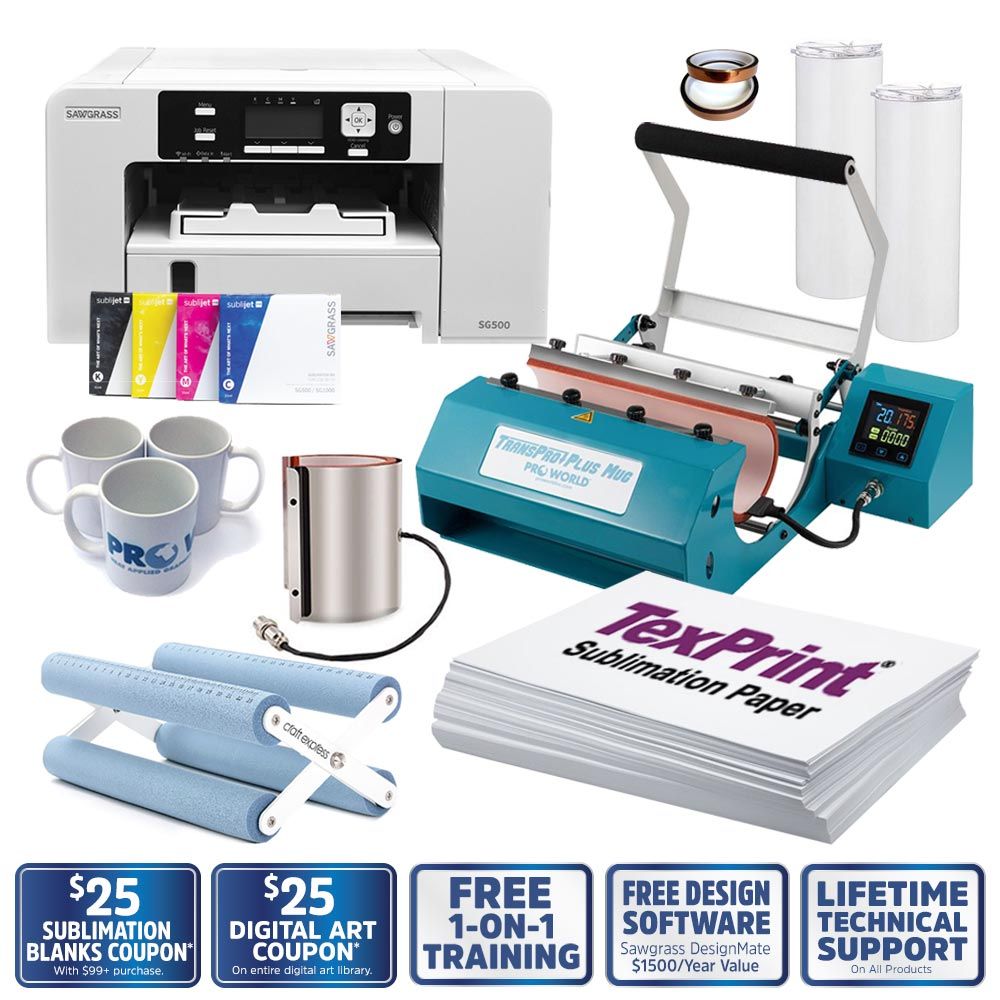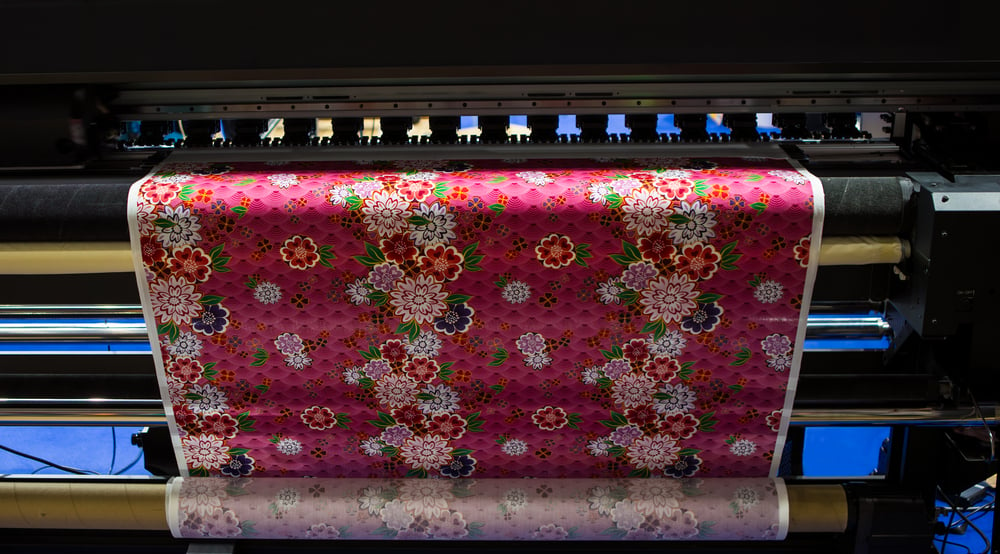Screen Printing Methods: Mastering the Art for Branded Clothing
Screen Printing Methods: Mastering the Art for Branded Clothing
Blog Article
From Conventional to Digital: Recognizing the Advancement of Towel Printing
The transformation of fabric printing from conventional techniques like block printing and withstand coloring to modern methods such as display and digital printing notes a substantial shift in the textile industry. Just how do these advancements influence the significance of fabric printing, and what might the future hold for this ever-evolving craft?
Typical Towel Printing Methods
In the very early stages of fabric manufacturing, standard fabric printing methods offered as the cornerstone of textile design, supplying both functionality and artistic expression. Block printing, one of the oldest techniques, involved carving detailed styles into wood blocks, which were after that dipped in dye and pushed onto fabric.
Resist dyeing, including strategies like batik and tie-dye, employed wax or other compounds to stop dye from passing through certain areas of the textile. This method produced striking contrasts and detailed designs, often imbued with social importance. Stenciling, one more typical method, entailed reducing patterns into a material and applying dye through the openings, offering a simpler yet effective method to produce recurring layouts.
These traditional methods not only formed the textile industry's early advancement however additionally prepared for future developments. Each method showed the social and regional qualities of its origin, protecting and disseminating artisanal knowledge through generations.
The Rise of Screen Printing
The development of screen printing in the early 20th century noted a significant departure from traditional approaches, using unprecedented convenience and performance. Screen printing enabled developers to generate detailed patterns and vivid shades on fabrics, which were formerly challenging to attain with block printing or hand-painting techniques.
One of the vital advantages of screen printing is its capability to reproduce complicated designs widespread with impressive fidelity. This scalability made it tremendously preferred in the industrial textile sector, where mass manufacturing without compromising high quality is extremely important. Screen printing fits a wide array of inks and dyes, increasing the scheme of textures and coatings available to developers.
Additionally, the procedure is extremely adaptable, ideal for various material types including cotton, silk, and synthetics. This versatility, combined with its cost-efficiency for large runs, solidified display printing's role as a cornerstone of contemporary fabric manufacturing. Therefore, the increase of screen printing revolutionized the industry, pushing the limits of what was feasible in fabric style.

The Arrival of Digital Printing
Structure on the impressive developments brought by screen printing, the textile market experienced one more groundbreaking advancement with the development of electronic printing. Emerging in the late 20th century, digital printing changed the means designs are transferred onto materials, using unmatched versatility and performance. Unlike traditional methods, which frequently required comprehensive setup and considerable hands-on intervention, digital printing uses computer-aided layout (CAD) technology to generate complex patterns straight onto the fabric with high precision.
This development has enabled fabric suppliers to meet the expanding need for modification and on-demand production. By removing the requirement for screens and plates, electronic printing lowers lead times and reduces product waste, making it a more sustainable option. The ability to print complex photos and a large range of shades in a solitary pass has opened up new creative opportunities for designers, fostering a my response surge in artistic expression within the sector.
Moreover, digital printing supports smaller sized batch manufacturing runs, which is particularly useful for niche markets and startup fashion brands. This technological jump has not only enhanced operational performance yet also equalized accessibility to high-grade textile printing, setting the stage for future technologies in fabric design and manufacturing.
Contrasting Techniques: Typical Vs. Digital
While both standard and electronic printing approaches have their own special advantages, they vary substantially in terms of process, performance, and environmental effect. Standard towel printing, encompassing methods like block printing and screen printing, entails hands-on labor and detailed workmanship.
On the other hand, electronic printing utilizes advanced innovation to transfer designs straight onto material utilizing inkjet printers. This approach offers unparalleled accuracy and a substantial variety of shade choices, making it possible for extremely detailed and detailed layouts. Digital printing is significantly quicker, permitting fast turnarounds and just-in-time production, which reduces the demand for big inventory storage space. Additionally, it supports customization and little batch production, providing to contemporary customer needs for personalized items.
From an environmental point of view, digital printing is usually extra sustainable. It uses much less water and creates marginal waste Branded clothing contrasted to conventional approaches, which commonly include substantial washing and dyeing procedures. Subsequently, digital printing is increasingly favored in an era where ecological factors to consider are critical.
Future Fads in Cloth Printing
One substantial pattern is the boosted application of electronic printing innovations. Digital fabric printing is expected to dominate the market, driven by its efficiency and flexibility to customer demands for customized and limited-edition products. sublimation printing.

In addition, the incorporation of wise fabrics, which integrate electronic components into fabrics, is established to transform the marketplace. These textiles can give additional functionalities such as temperature level regulation, health and wellness surveillance, and interactive features. As innovation remains to advance, the junction of electronic printing and smart textiles will certainly open up brand-new avenues for useful and innovative applications in towel printing.
Final Thought
The evolution of cloth printing from traditional methods to electronic advancements notes a considerable improvement in the textile industry. While standard strategies highlight artisanal workmanship and cultural heritage, electronic printing offers unparalleled precision, efficiency, and personalization.
The change of cloth printing from standard techniques like block printing and resist coloring to contemporary strategies such as display and electronic printing marks a substantial view website change in the textile market. Screen printing enabled developers to produce intricate patterns and vivid colors on textiles, which were formerly testing to attain with block printing or hand-painting approaches.
Building on the remarkable innovations brought by display printing, the fabric sector experienced another groundbreaking advancement with the development of electronic printing. screen printing. Conventional towel printing, encompassing techniques like block printing and display printing, involves hand-operated labor and intricate craftsmanship. As modern technology proceeds to advance, the crossway of electronic printing and smart textiles will certainly open brand-new avenues for useful and imaginative applications in fabric printing
Report this page